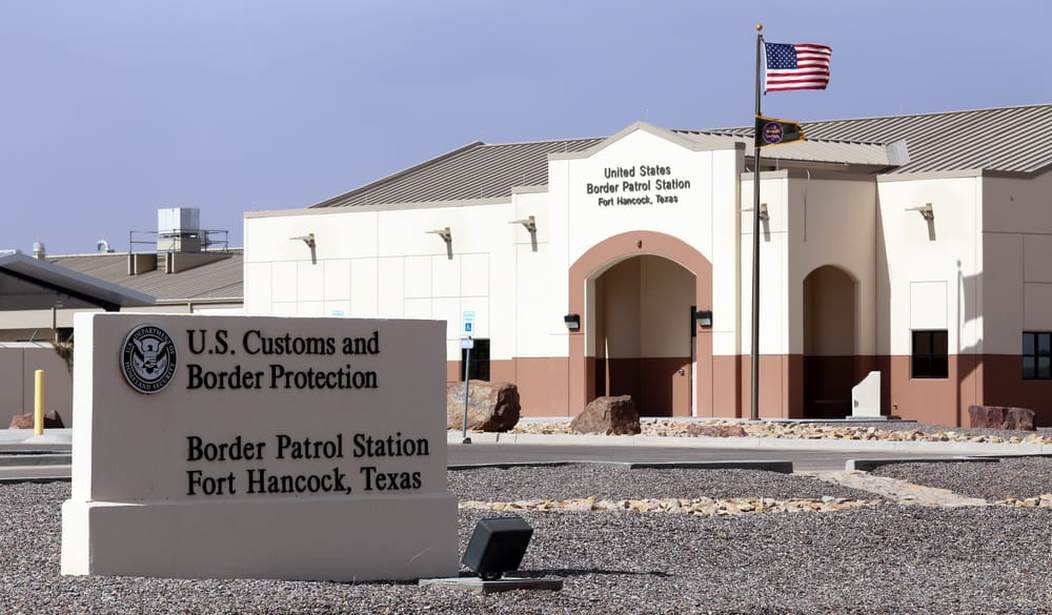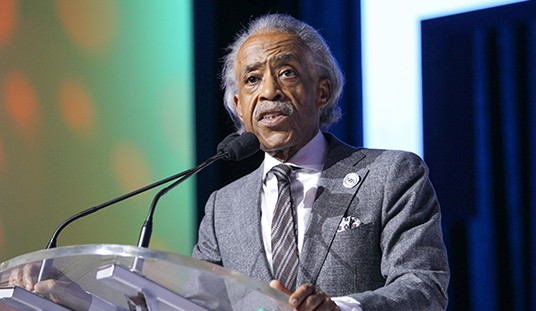One of the side effects of the one-world, open-borders philosophy is the re-importation of deadly diseases long since suppressed in the United States. But, hey, that’s a small price to pay for extending the virtues of American residency to the whole world:
More than 300 infants may have been exposed to tuberculosis at a San Jose, California, hospital by one of the employees, the hospital said. The Santa Clara Valley Medical Center learned in mid-November that an employee who worked in the newborn nursery was suspected of having active tuberculosis, the hospital said in a news release Friday, and the employee was placed on leave. Three-hundred fifty infants may have been exposed, the hospital said, adding that they will be monitored closely for signs.
Tuberculosis is caused by bacteria that spreads through the air from person to person, according to the Centers for Disease Control and Prevention, and if it is not treated properly, the disease can be fatal. “While the risk of infection is low, the consequences of a tuberculosis infection in infants can be severe,” Dr. Stephen Harris, Chair of Pediatrics, said. “That’s why we decided to do widespread testing and start preventative treatments for these infants as soon as possible.”
Santa Clara Valley Medical Center said in a statement that it will “provide both diagnostic testing and preventative daily treatments of isoniazid, an antibiotic that kills tuberculosis and can successfully prevent infants from becoming ill.”
Although the rate of tuberculosis infection in the United States has fallen steadily, it’s on the uptick in states with high immigrant populations, such as California, New York, Texas and Florida. Further:
In 2014, the disparity in TB incidence between U.S.-born and foreign-born persons continued to increase. The total number of TB cases among foreign-born persons in the United States increased with a total of 6,181 TB cases reported (66.5% of all cases in persons with known national origin), representing a 1.5 percentage point increase from 65% in 2013. Despite the increased number of cases among the foreign born in 2014, the TB rate of 15.3 per 100,000 among foreign-born persons decreased 1.5% from 2013 because of an increase in the immigrant population. The 2014 rate among foreign-born persons represented a 42.0% decrease from the rate in 2000. In 2014, 55.3% of foreign-born persons with TB originated from five countries: Mexico (1,268 TB cases [20.6%]), the Philippines (745 [12.1%]), Vietnam (498 [8.1%]), India (472 [7.7%]), and China (420 [6.8%]).
HIV status was known for 86% of TB cases reported in 2014. Among persons with TB who had a known HIV test result, 6.3% (506 of 8,072) had a positive test result for HIV infection.
Among persons aged ≥15 years with TB, 99% had known homelessness status, long-term care status, and incarceration status. Among persons aged ≥15 years with TB, 5.5% of whom reported being homeless within the past year, 2.2% were residing in a long-term care facility at the time of TB diagnosis, and 4.2% were confined to a detention or correctional facility at the time of TB diagnosis.
Drug-susceptibility test results for isoniazid and rifampin were reported for 97.8% and 97.4% of culture-confirmed TB cases in 2012 and 2013, respectively, the most recent years for which complete drug susceptibility data are available. The percentage of the 7,367 TB cases that were multidrug-resistant (MDR) TB** in 2013 remained stable at 1.3% (96 cases), compared with 1.1% (86 of 7,620 cases) in 2012. The percentage of MDR TB cases among persons without a previous history of TB has remained stable at approximately 1.0% since 1997. In 2013, foreign-born persons accounted for 87 (90.6%) of the 96 MDR TB cases. One case of extensively drug-resistant (XDR) TB†† was reported in 2014 compared with four cases in 2013 and two cases in 2012, but some final susceptibility test results are pending for 2014.
With all the talk of “rights,” shouldn’t the dangers be considered as well?









Join the conversation as a VIP Member